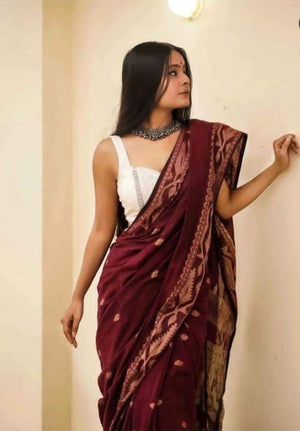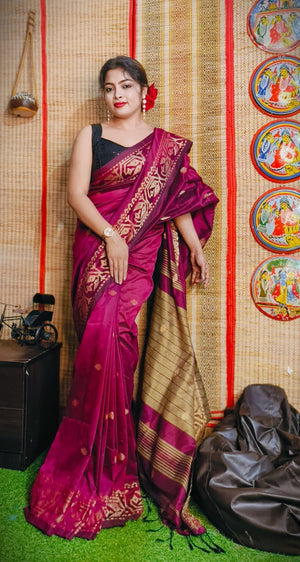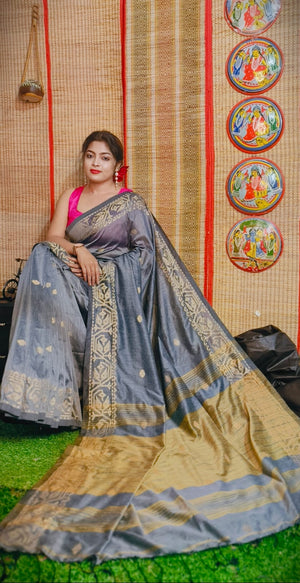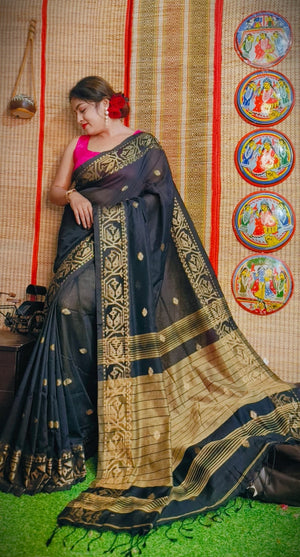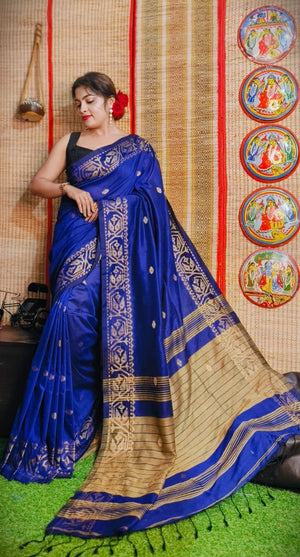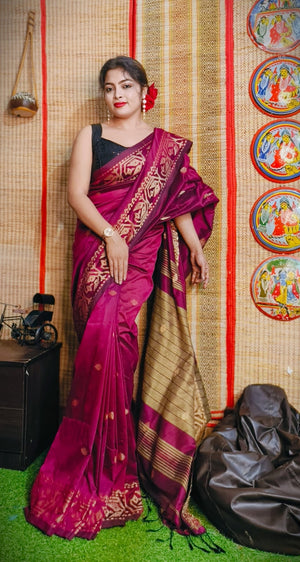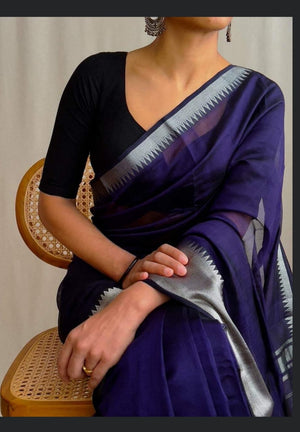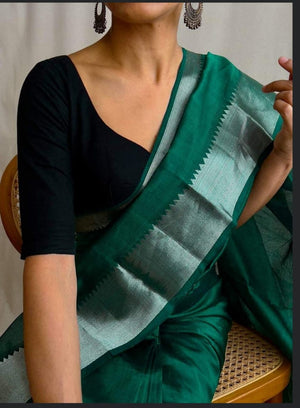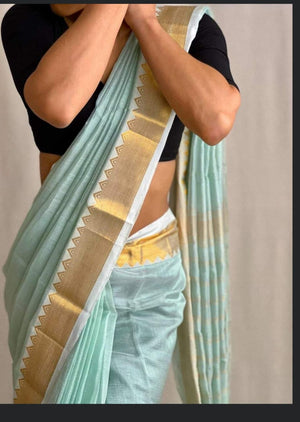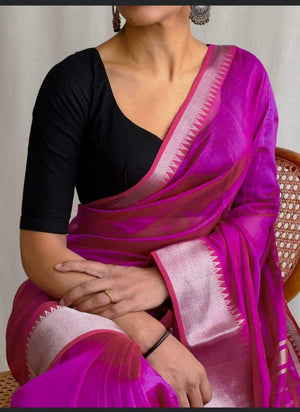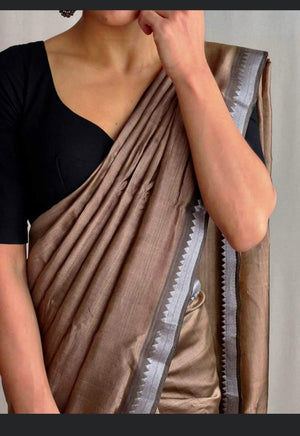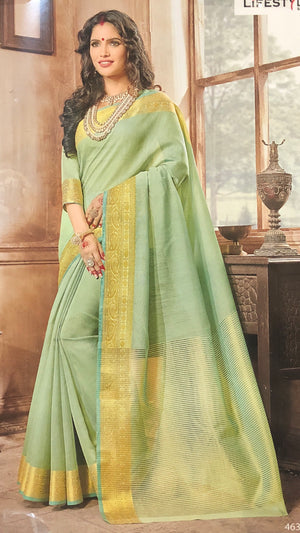Online Purchase
(Purchase through sarangcollection.com or other channels like facebook, pinterest)
Returns will be accepted within 14 days of original purchase along with the new condition and original tags attached. Return shipping cost will be the responsibility of customer, upon request Sarang can assist on shipping methods.
No refund, exchange only on clearance items. Exchange can be with similar item or with the Store Credit !!
No Return or exchange on dresses and apparels after alteration.
In Store Purchase
No returns, exchange only within 7 days of original purchase. Exchange could be with similar value item or with store credit !! For Exchange item must be in original condition with original tags attached.
No refund or exchange on Clearance items
No refund or exchange after alteration
This is an apparel size guide for women's clothes sizes XXS to XL. Included are directions on how to measure and a link to a printable tape measure.
Women's Clothing Size Chart
Sizing Guide XXS XS ------- S ------- ------- M ------- -------- L -------- XL
U.S. Sizes 0 2 4 6 8 10 12 14 16
Bust (inches) 31.5 32.5 33.5 34.5 35.5 36.5 38 39.5 41
Waist (inches) 23 24 25 26 27 28 29.5 31 32.5
Hip (inches) 33.5 35 36 37 3 39 40.5 42 43.5
Inseam (inches) 31 31.25 31.5 31.75 32 32.25 32.5 32.75 33
How to measure for the right size Bust: Measure around the fullest part of bust under arms with arms relaxed down at sides.
Waist: Measure around natural waistline which appears as crease when bending to one side.
Hips: Measure around fullest part of body at the top of legs with feet together.
Inseam: Measure from inside crotch seam to the hem of pants that fit you well.
Rise: Measure from the crotch to top of waistband.
Sits above waist (inches) = 11-12
Sits at waist (inches) = 10-11
Sits low on waist (inches) = 8.5-10
Sits ultra low on waist (inches) 7-8.5
Skirt Length: Measure from the waist down. Skirts are measured from center front. Skirts with waistbands are measured from seams down. Skirts without waistbands are measured from top down.
Coat/Dress Length: Measure from the highest point of the shoulder down.
Tall Sizes: Women 5'7"-6'; sizes 6-16, tops 1"-1.5" longer; pants inseam 2" longer and rise 1" longer; skirts and dresses 2"-3" longer.




